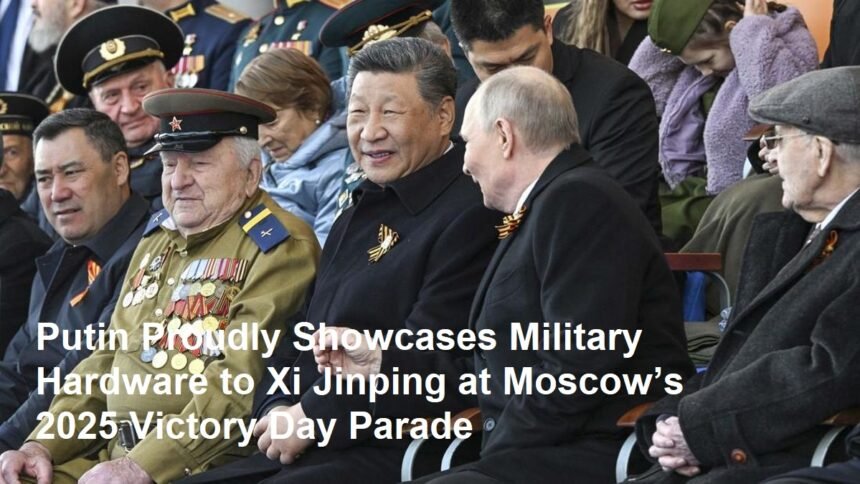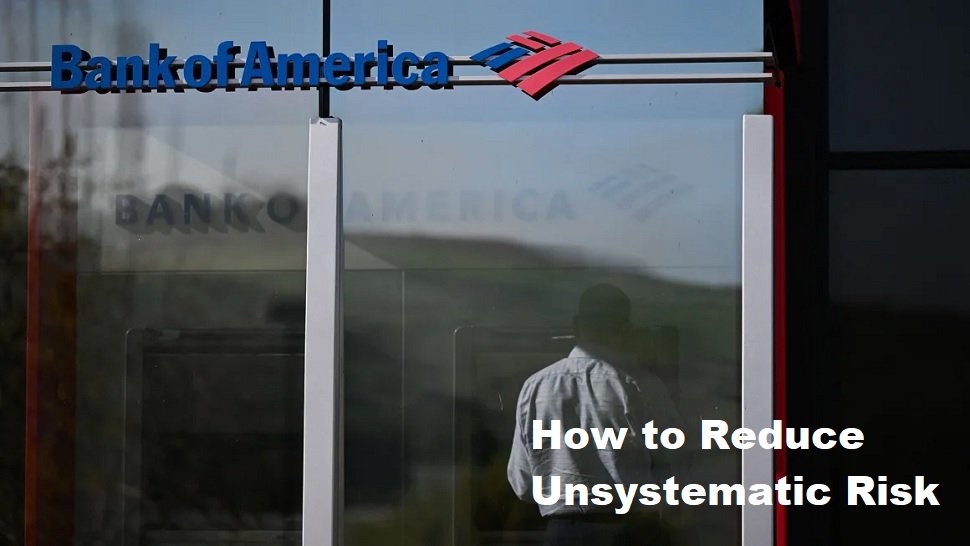On Friday, May 9, 2025, during the grand Victory Day Parade held in Moscow, Russian President Vladimir Putin was seen visibly pleased as he showcased Russia’s latest military hardware to Chinese President Xi Jinping. This event, steeped in historical significance, not only commemorated the Soviet Union’s victory over Nazi Germany in World War II but also served as a powerful platform for Russia to demonstrate its military strength and reinforce its strategic partnership with China.
Victory Day is one of Russia’s most important national holidays, celebrated annually on May 9th to honor the sacrifices and triumphs of the Soviet people during the Great Patriotic War. The parade in Moscow’s Red Square is a highly symbolic event, featuring thousands of troops, tanks, missiles, and fighter jets, all marching and flying in precise formations. The 2025 parade was particularly notable due to the presence of Xi Jinping, underscoring the growing ties between Russia and China amid a complex global geopolitical landscape.
President Putin’s demeanor throughout the parade was notably upbeat and confident. His visible satisfaction reflected not only pride in Russia’s military capabilities but also the significance of hosting a key ally during such a momentous occasion. The parade offered Putin an opportunity to highlight Russia’s advancements in defense technology, including state-of-the-art tanks, missile systems, and cutting-edge fighter jets. These displays were not merely ceremonial; they sent a clear message about Russia’s readiness and resolve in a world marked by shifting alliances and emerging threats.
Xi Jinping’s attendance at the parade was a strong diplomatic signal. It demonstrated China’s support for Russia and their shared interests in counterbalancing Western influence. The two leaders’ presence together at such a high-profile event emphasized the deepening strategic partnership between the two nations, which has grown stronger in recent years through economic cooperation, military exchanges, and coordinated positions on international issues.
The military hardware paraded through Red Square was a testament to Russia’s ongoing efforts to modernize its armed forces. Advanced main battle tanks rolled past the reviewing stand, showcasing enhanced armor and firepower. Missile systems, including intercontinental ballistic missiles and tactical launchers, underscored Russia’s strategic deterrence capabilities. Above, fighter jets performed intricate aerial maneuvers, demonstrating air superiority and technological sophistication. This impressive array of weaponry was designed to impress both domestic audiences and international observers, reinforcing Russia’s image as a formidable military power.
Putin’s enthusiasm during the event also reflected the broader narrative Russia seeks to project: resilience, strength, and unity in the face of global challenges. By sharing this moment with Xi Jinping, Putin highlighted the importance of their bilateral relationship as a cornerstone of Russia’s foreign policy. The parade thus served a dual purpose—commemorating historical victory and showcasing contemporary geopolitical alliances.
The presence of Xi Jinping also carried symbolic weight for China. It allowed China to publicly affirm its solidarity with Russia and its commitment to a multipolar world order. The event provided a platform for both countries to demonstrate their mutual respect and shared vision for regional and global stability, even as tensions persist with Western nations.
Beyond the military and diplomatic dimensions, the parade was a deeply emotional occasion for many Russians. It honored the memory of those who fought and died during World War II, reinforcing national pride and collective identity. The combination of historical remembrance and modern military display created a powerful narrative of continuity and strength.
In conclusion, the Victory Day Parade in Moscow on May 9, 2025, was marked by President Vladimir Putin’s visible happiness as he proudly showcased Russia’s advanced military technology to Chinese President Xi Jinping. This event symbolized not only Russia’s military prowess but also the deepening strategic partnership between Russia and China. Against the backdrop of a complex international environment, the parade served as a reminder of historical sacrifices, a celebration of national strength, and a clear message about the evolving geopolitical landscape shaped by these two influential powers. The presence of both leaders underscored their commitment to cooperation and mutual support, signaling a significant moment in contemporary global affairs.









